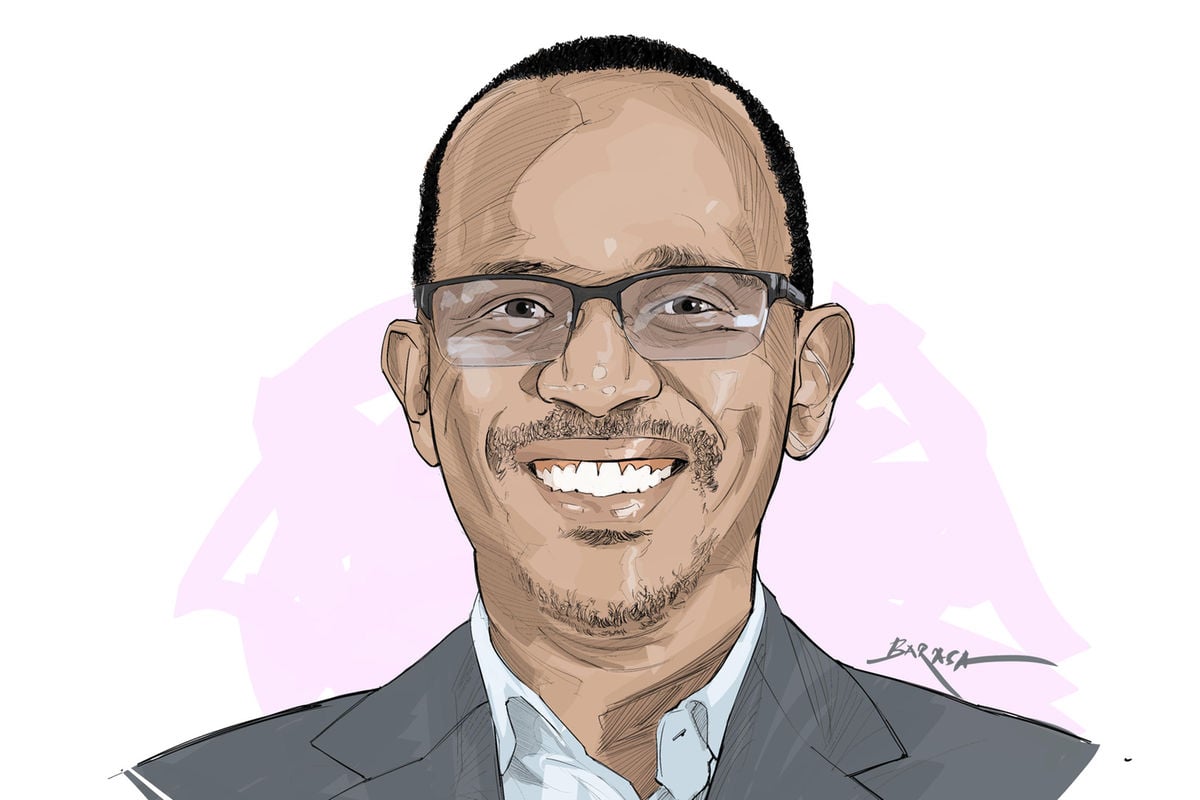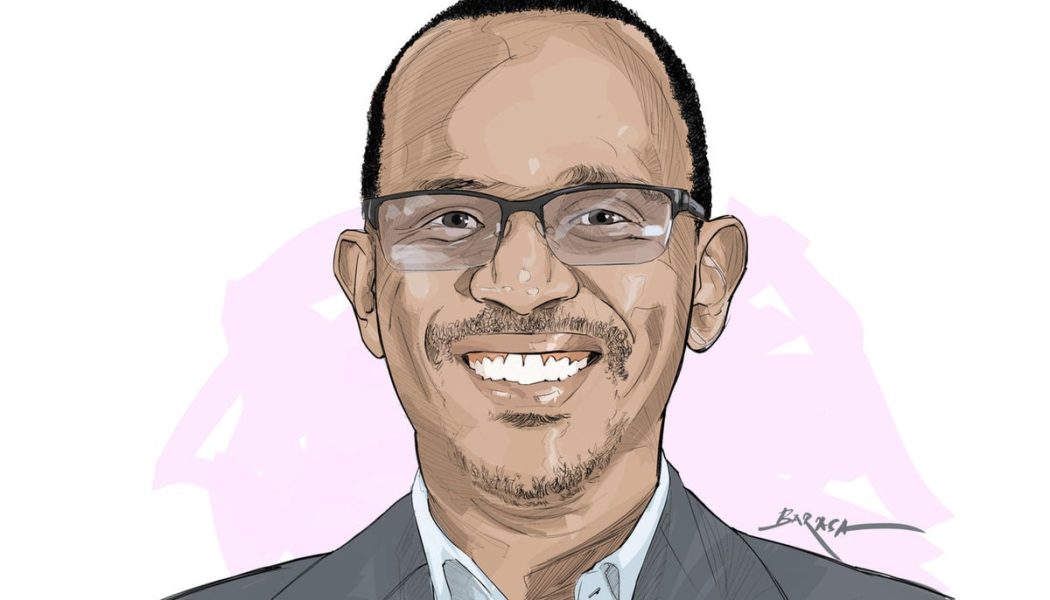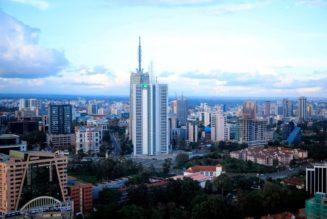
Mi Vida’s Samuel Kariuki aims to spur activity in Kenya’s rather sluggish Real Estate Investment Trusts (Reits) market.
He is seeking the Capital Market Authority’s (CMA) approval to issue the first Reit, which offers investors a redemption sweetener in what he believes will be a solution for the shallow secondary trading market and hopefully woo more investors into the asset class.
The residential housing units developer seeks to raise Sh5 billion through a development Reit to finance its construction pipeline. He sat down with Julians Amboko to discuss the company’s capital raising plan.
Two years ago, we had our first conversation and I asked about your capital raising options and specifically whether issuing Reits was on the table. At the time you sounded noncommittal and now here you are seeking approval for issuance of a development Reit. A lot seems to have changed, no?
I have always felt that it is important that Kenyan capital markets have a significant role to play. In my previous role I even initiated certain issuances to try to realise that.
Though I was noncommittal when we first met, I’ve always known that for anyone in real estate to grow and address what I see as a very large market opportunity, their own capital will never be enough. At some point, there has to be a capital market play and I have always thought the asset class is very attractive and the market opportunity significant.
You seem to be taking a largely uncharted path, this market only has one development Reit which is targeted at student accommodation. What seems to be common here so far is issuance of income Reits. Why are you going this route?
Globally, most Reits tend to be income based. Development Reits are almost specific to the Kenyan market where other than the Acorn Reit, all others have been structured as income Reits. This market doesn’t yet have a specific Reit whose underlying asset is housing.
Our view is that a development for sale play offers very significant returns because you can use a small amount of equity to mobilise a lot in deposits and construct, your project’s Internal Rate of Return is multiplied several times. So why not use the little that you have by way of capital to crowd in local capital and then grow as a developer but also pension funds get attractive returns?
It sounds like you are structuring a Reit which, unlike any we have seen so far, has a redemption option built into it.
One of the reasons why Reits have seemed unattractive so far and not done as well as expected is the trading at the Nairobi Securities Exchange and the near absence of a secondary market. If I am investing in a Reit now, I would feel like my capital is held permanently with no practical exit options because of the dynamics around secondary trading.
A development for sale model and specific to housing is unique because the asset itself is self-liquidating in the sense that when you sell a housing unit, by the time a customer pays you have returned the capital invested plus a profit.
I think then, there is an opportunity to create alternative exit mechanisms for investors by giving them the option to redeem that capital within a three-year cycle, because typically, a project takes about 3 years. This provides an assurance that they are not locked in permanently.
I wonder whether floating a bond was ever an option you considered and the only reason why you then couldn’t do it was because of the high interest rate environment were are currently in?
You are right. The current elevated interest rates would not allow us to practically issue a bond even though I think the easier route for fundraising from institutional investors is debt and not equity.
We have only had one bond issued in this market in which housing was the underlying asset. It was a zero-coupon bond and as industry players we are very proud that the developer (Centum RE) was able to redeem the bond earlier than the maturity.
What the developer did was to validate that housing can be an investment grade asset and that there is an opportunity for local money to participate. My sense is that with interest rates now coming down as the monetary stance of the Central Bank gets eased over time, there will still be opportunity to go to market and raise corporate debt which tends to be less onerous.
Considering the sort of backing you have from deep pocketed foreign funds, I wonder whether abundance of caution over foreign exchange risk could have been a key factor pushing you to mobilise locally now.
It’s been a very bad two years if you are a foreign investor and you are targeting a US dollar- based internal rate of return yet you are investing in local play where our revenue is local currency. The unfortunate bit has been that whereas you might be doing a very high Kenya shilling internal rate of return, when you convert to the US dollar the whole thing is wiped out and that makes it hard for you to meet your investor needs.
So, it has really been a roller coaster over the last two years with the depreciation of the Kenya shilling. This has impaired the ability to bring in foreign money for high-risk projects in Kenya.
Now that you are looking to raise capital, what does your project pipeline look like?
So far, we have been funded by private equity capital. The 840 units we have constructed at Garden City and in Riruta have been fully funded and are doing well with the first phase complete and the next phase due for completion in 2025.
Over the last two years we have developed another pipeline of about 3,500 units at Garden City, in Riruta and in two new sites that we have now acquired with one due to go to the market next month.
If I need Sh20 billion to develop on these four sites of which the equity requirement is Sh5 billion, I see an opportunity for us to use our own capital and some of the assets that we have to crowd in local capital and hence the question is how then do we approach the local capital market.









